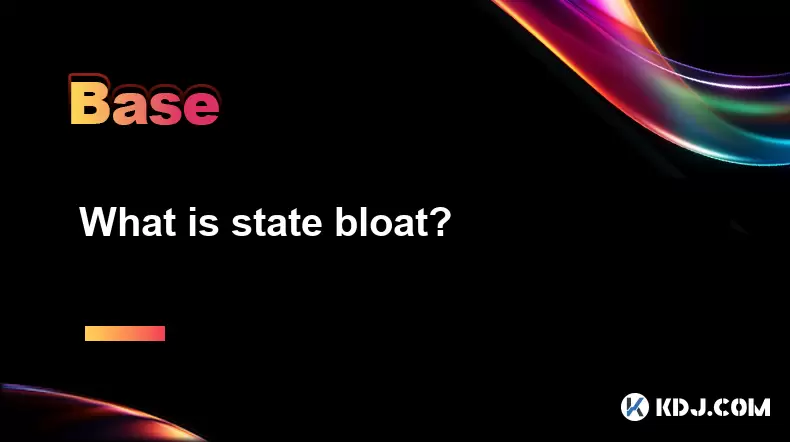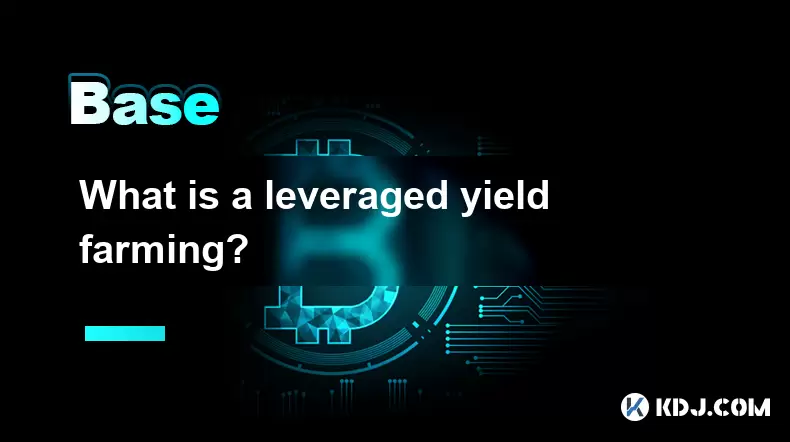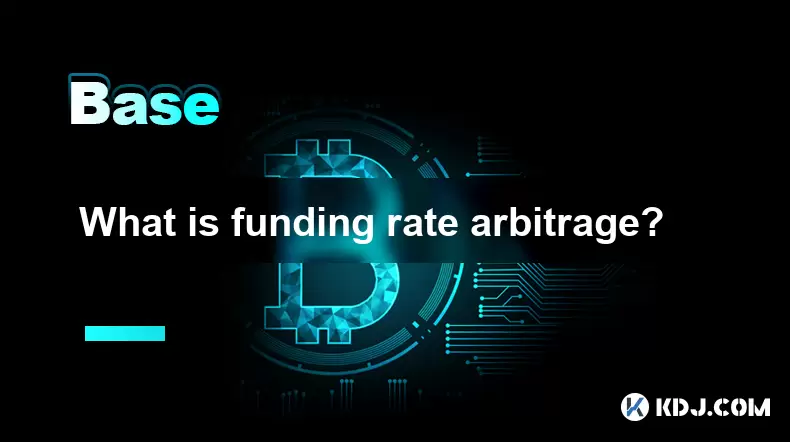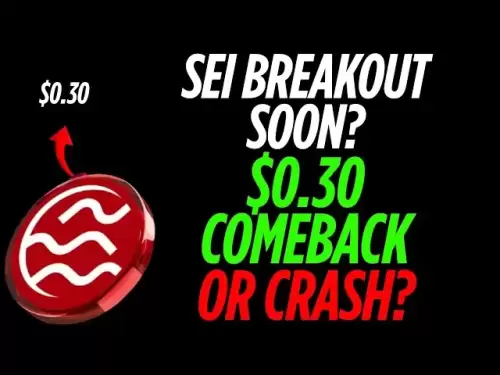-
 Bitcoin
Bitcoin $109,583.2239
0.19% -
 Ethereum
Ethereum $2,583.4612
0.48% -
 Tether USDt
Tether USDt $1.0003
-0.04% -
 XRP
XRP $2.2681
0.70% -
 BNB
BNB $659.9218
-0.52% -
 Solana
Solana $151.4961
-0.37% -
 USDC
USDC $0.9999
-0.02% -
 TRON
TRON $0.2861
1.20% -
 Dogecoin
Dogecoin $0.1718
0.04% -
 Cardano
Cardano $0.5960
-0.07% -
 Hyperliquid
Hyperliquid $40.1233
2.85% -
 Sui
Sui $2.9974
2.48% -
 Bitcoin Cash
Bitcoin Cash $497.1279
-1.76% -
 Chainlink
Chainlink $13.7275
-0.22% -
 UNUS SED LEO
UNUS SED LEO $9.0241
0.70% -
 Avalanche
Avalanche $18.5536
-0.88% -
 Stellar
Stellar $0.2421
1.39% -
 Toncoin
Toncoin $2.8593
-0.51% -
 Shiba Inu
Shiba Inu $0.0...01187
-0.07% -
 Litecoin
Litecoin $90.0023
2.90% -
 Hedera
Hedera $0.1590
2.79% -
 Monero
Monero $322.1495
0.00% -
 Polkadot
Polkadot $3.5453
-1.00% -
 Dai
Dai $1.0000
-0.01% -
 Bitget Token
Bitget Token $4.5733
-1.06% -
 Ethena USDe
Ethena USDe $1.0002
-0.01% -
 Uniswap
Uniswap $7.6345
3.03% -
 Aave
Aave $279.2583
0.47% -
 Pepe
Pepe $0.0...01003
-1.52% -
 Pi
Pi $0.4941
-0.32%
What is state bloat?
State bloat in blockchain refers to the growing size of active data, like account balances and smart contracts, which can slow down network performance and increase costs for nodes.
Jul 04, 2025 at 02:07 am

Understanding the Concept of State in Blockchain
In blockchain technology, state refers to the current data stored on the network that represents account balances, smart contract storage, and other critical information. Each transaction or smart contract execution modifies this state. Unlike traditional databases, blockchains maintain a complete history of all changes, which means the size of the state grows over time. As more users interact with decentralized applications (dApps), the volume of state data increases exponentially. This growth is not just limited to user accounts but also includes contract code and internal storage variables.
State bloat occurs when this accumulated state data becomes excessively large, leading to performance degradation and increased resource requirements for nodes. Full nodes must store and process the entire state to validate transactions, which can become computationally expensive as the state expands. Over time, this can result in slower synchronization times, higher hardware costs, and reduced decentralization due to fewer participants being able to run full nodes.
Causes of State Bloat in Blockchain Networks
One primary cause of state bloat is the lack of pruning mechanisms in certain blockchain protocols. While some networks allow old transaction data to be pruned, state data—such as account balances and contract storage—must remain accessible for validation. Additionally, poorly optimized smart contracts can contribute significantly to this issue by storing unnecessary data permanently on-chain.
- Unoptimized Smart Contracts: Developers may inadvertently create contracts that store excessive data, increasing the overall state size.
- Lack of Garbage Collection: Some blockchains do not have built-in mechanisms to remove obsolete or unused state entries, causing them to accumulate indefinitely.
- High Transaction Throughput: Networks experiencing high usage generate more state modifications, accelerating the rate at which the state grows.
Impact of State Bloat on Network Performance
As the state grows larger, it places additional strain on node operators and affects network efficiency. Nodes require more memory and disk space to store and access the state, leading to longer synchronization times. This can discourage new participants from joining the network, reducing decentralization and potentially compromising security.
- Increased Hardware Requirements: Running a full node becomes costlier as more RAM and SSD storage are needed to handle the expanding state.
- Slower Transaction Validation: Larger states mean more data needs to be processed per block, slowing down consensus and finality.
- Centralization Risks: Only well-resourced entities may afford to operate full nodes, undermining the decentralized nature of the network.
Mitigation Strategies for State Bloat
Several approaches have been proposed and implemented to combat state bloat, including state rent models, garbage collection protocols, and off-chain storage solutions. Ethereum, for instance, has explored implementing state expiry and rent schemes where users must periodically pay to keep their data on-chain.
- State Rent: Users pay recurring fees to maintain data on-chain, incentivizing removal of unused or obsolete state entries.
- State Expiry: Unused accounts or contracts are automatically removed from the active state after a defined period unless refreshed.
- Off-Chain Storage: Moving less frequently accessed data to external storage layers like IPFS or rollups reduces on-chain burden.
Real-World Examples of State Bloat Challenges
Ethereum has faced notable challenges related to state bloat, especially during periods of high network congestion. The EVM (Ethereum Virtual Machine) stores state in a trie structure, which becomes increasingly complex as more nodes are added. Other blockchains like EOS and Tezos have also experienced similar issues, prompting ongoing research into scalable state management techniques.
- Ethereum's Trie Structure: The Merkle Patricia Trie used for state storage becomes inefficient as the number of nodes increases, impacting performance.
- EOS State Growth: High-frequency dApps on EOS led to rapid state expansion, necessitating custom pruning solutions.
- Tezos' On-Chain Parameters: Adjustments to gas limits and storage costs were introduced to manage growing state sizes without compromising usability.
Frequently Asked Questions
How does state bloat differ from blockchain bloat?
Blockchain bloat typically refers to the growth of the entire blockchain ledger, including transaction history. In contrast, state bloat specifically concerns the expansion of the active state data that nodes must retain for validation purposes.
Can light clients avoid the effects of state bloat?
Light clients do not store the full state and rely on trusted nodes for verification. However, they still depend on full nodes maintaining accurate and up-to-date state data, so state bloat indirectly impacts light client functionality by affecting network reliability.
Is state bloat reversible once it occurs?
Reversing state bloat requires implementing specific mechanisms such as garbage collection, state expiry, or migration to alternative architectures. It is not self-correcting and usually demands protocol-level upgrades.
Do all blockchains suffer from state bloat equally?
No, blockchains vary in how they manage state. Some, like Bitcoin, have minimal state requirements since they primarily track unspent transaction outputs (UTXOs). Others, particularly those supporting complex smart contracts like Ethereum, face greater risks of state bloat due to richer data structures and persistent storage needs.
Disclaimer:info@kdj.com
The information provided is not trading advice. kdj.com does not assume any responsibility for any investments made based on the information provided in this article. Cryptocurrencies are highly volatile and it is highly recommended that you invest with caution after thorough research!
If you believe that the content used on this website infringes your copyright, please contact us immediately (info@kdj.com) and we will delete it promptly.
- BONK Price Prediction: Meme Coin Mania and What's Next?
- 2025-07-04 12:30:13
- NYAG, Stablecoins, and FDIC Protections: Navigating the Regulatory Maze
- 2025-07-04 13:10:15
- Level Up Your DeFi Game: Phantom Wallet and the Ultimate DeFi Experience
- 2025-07-04 13:10:15
- Bitcoin Surge: Breaking Down the $109,000 Barrier and the Road to $165,000?
- 2025-07-04 12:30:13
- Solana ETF Inflows & Snorter Token: A New Era for Meme Coin Trading?
- 2025-07-04 12:50:12
- Ripple, Stablecoin, and First Bank: Decoding the Latest Moves in Crypto
- 2025-07-04 12:50:12
Related knowledge

What is a user-generated content (UGC) NFT platform?
Jul 04,2025 at 01:49pm
Understanding the Concept of a UGC NFT PlatformA user-generated content (UGC) NFT platform is a digital marketplace or ecosystem where users can create, mint, and trade non-fungible tokens (NFTs) that represent ownership of original digital content they produce. Unlike traditional NFT platforms where creators often include professional artists or develo...

What is a token generation event (TGE)?
Jul 04,2025 at 07:14am
Understanding the Basics of a Token Generation Event (TGE)A Token Generation Event (TGE) refers to the process through which a blockchain project creates and distributes its native tokens to investors, participants, or stakeholders. This event is often associated with new cryptocurrency projects launching on platforms like Ethereum, Binance Smart Chain,...

What is a block explorer API?
Jul 04,2025 at 05:07am
Understanding the Role of a Block Explorer APIA block explorer API is a crucial interface that enables developers and users to interact programmatically with blockchain data. Unlike traditional APIs used in web services, a block explorer API specifically provides access to blockchain-related information such as transaction details, wallet balances, bloc...

What is a leveraged yield farming?
Jul 04,2025 at 09:36am
Understanding Leveraged Yield FarmingLeveraged yield farming is a more advanced form of yield farming, which itself is a popular method in the decentralized finance (DeFi) ecosystem to earn returns by providing liquidity to various protocols. In traditional yield farming, users deposit tokens into a DeFi platform and earn rewards in return, often in the...

What is open interest in derivatives?
Jul 03,2025 at 02:49pm
Understanding Open Interest in DerivativesOpen interest is a critical metric used in the cryptocurrency derivatives market, particularly when analyzing futures and options contracts. It represents the total number of outstanding contracts that have not been settled or closed by either party involved. Unlike trading volume, which counts all trades made i...

What is funding rate arbitrage?
Jul 04,2025 at 11:43am
Understanding Funding Rate Arbitrage in the Cryptocurrency MarketFunding rate arbitrage is a trading strategy employed by crypto traders to exploit differences in funding rates across various perpetual futures exchanges. In perpetual contracts, funding rates are periodic payments made between long and short traders depending on whether the price of the ...

What is a user-generated content (UGC) NFT platform?
Jul 04,2025 at 01:49pm
Understanding the Concept of a UGC NFT PlatformA user-generated content (UGC) NFT platform is a digital marketplace or ecosystem where users can create, mint, and trade non-fungible tokens (NFTs) that represent ownership of original digital content they produce. Unlike traditional NFT platforms where creators often include professional artists or develo...

What is a token generation event (TGE)?
Jul 04,2025 at 07:14am
Understanding the Basics of a Token Generation Event (TGE)A Token Generation Event (TGE) refers to the process through which a blockchain project creates and distributes its native tokens to investors, participants, or stakeholders. This event is often associated with new cryptocurrency projects launching on platforms like Ethereum, Binance Smart Chain,...

What is a block explorer API?
Jul 04,2025 at 05:07am
Understanding the Role of a Block Explorer APIA block explorer API is a crucial interface that enables developers and users to interact programmatically with blockchain data. Unlike traditional APIs used in web services, a block explorer API specifically provides access to blockchain-related information such as transaction details, wallet balances, bloc...

What is a leveraged yield farming?
Jul 04,2025 at 09:36am
Understanding Leveraged Yield FarmingLeveraged yield farming is a more advanced form of yield farming, which itself is a popular method in the decentralized finance (DeFi) ecosystem to earn returns by providing liquidity to various protocols. In traditional yield farming, users deposit tokens into a DeFi platform and earn rewards in return, often in the...

What is open interest in derivatives?
Jul 03,2025 at 02:49pm
Understanding Open Interest in DerivativesOpen interest is a critical metric used in the cryptocurrency derivatives market, particularly when analyzing futures and options contracts. It represents the total number of outstanding contracts that have not been settled or closed by either party involved. Unlike trading volume, which counts all trades made i...

What is funding rate arbitrage?
Jul 04,2025 at 11:43am
Understanding Funding Rate Arbitrage in the Cryptocurrency MarketFunding rate arbitrage is a trading strategy employed by crypto traders to exploit differences in funding rates across various perpetual futures exchanges. In perpetual contracts, funding rates are periodic payments made between long and short traders depending on whether the price of the ...
See all articles

























































































